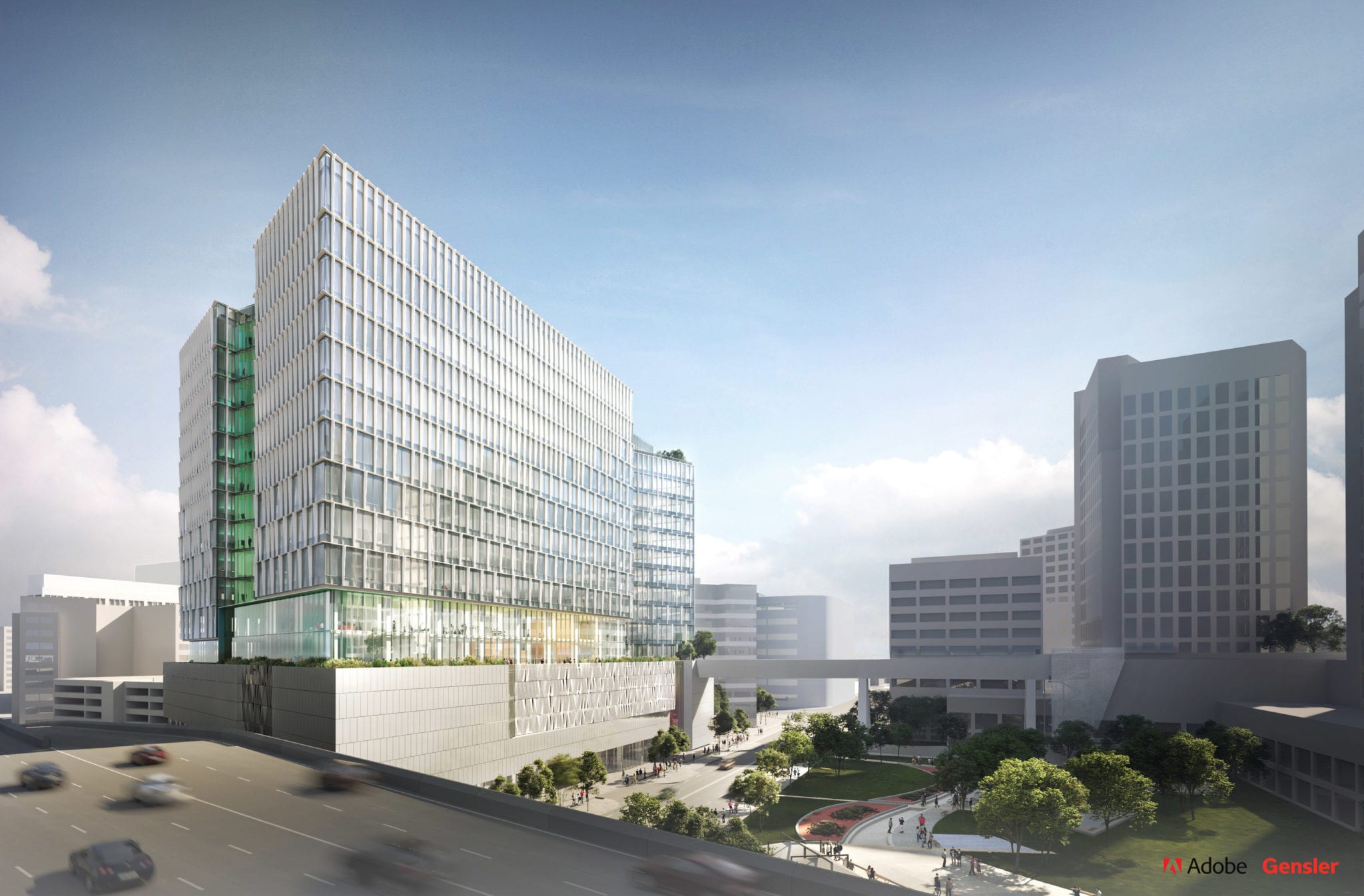Across the world, energy consumption has increased tremendously, with a significant amount of consumption coming from commercial buildings. Hospitals, schools, malls, restaurants, offices, utility buildings, industrial properties, and other commercial buildings undoubtedly use a significant amount of energy throughout their daily operations. The overall increase in energy consumption results from the increasing number of commercial buildings, developing economy, and evolution of energy-consuming devices.
Heating, cooling, and lighting are the most significant sources of energy consumption in electrical buildings. Still, there are other sources. Fortunately, there are several steps commercial property owners can take to save energy in commercial buildings. Let’s explore!
Easy Steps to Save Energy in Commercial Buildings
If you want to save energy consumption in your commercial buildings, consider taking the following steps:
1. Switching to LED Lights
Your commercial lighting is one of the most significant sources of energy consumption in your commercial buildings. One of the easiest ways to save energy is to which to LED lights. When compared to traditional light bulbs, LED lights consume 70-90% less energy. Moreover, they also reduce your electricity bills significantly, making them a cost-effective alternative. They can easily be paired with solar panels to create an environmentally friendly solution that reduces your carbon footprint. Above all, LED lights are safe because they do not emit any radiation or heat.
2. Improve Insulation
Surprisingly, replacing or upgrading your insulation can save a substantial amount of energy. It can save up to 10% of your current total energy consumption. Moreover, it is relatively inexpensive to install new insulation throughout your entire commercial property. In addition to upgrading window and attic insulation, you should talk to your local electrician about insulating electrical outlets and other sources.
3. Power Down Electronics
One of the most common practices throughout the business world is leaving electronics running when they aren’t in use. Fans, lights, computers, laptops, air conditioners, and other electrical sources should be powered down when they aren’t in use. While this might seem like a simple task, encouraging your employees to power down all electrical sources at the end of the day can save up to 50% of your current total energy consumption.
4. Schedule an Energy Audit
Another excellent way to reduce your energy consumption is to hire a local electrician to conduct an energy audit. This will identify your most significant sources of energy usage and provide tips on how to reduce your consumption. Many federal programs will even give you financial compensation for proof of an annual energy audit.
5. Invest in Energy-Efficient Devices
Most modern devices come equipped with enhanced energy-efficient properties. Older appliances like refrigerators, office vending machines, coffee makers, laundry machines, dishwashers, and water coolers use a considerable amount of energy compared to newer models. Even computers, televisions, and phones have improved to be more energy-efficient. However, if you have older devices, you might want to consider upgrading to these energy-efficient options to reduce your overall consumption.
6. Building Design
While this isn’t a viable option for existing buildings, you should consider your architectural design and building placement if you plan to construct new commercial buildings. You can talk with your architect about placing your building so that it brings in more direct sunlight to reduce electricity usage. You can also consider using solar panels. For hot areas, you can place buildings under trees or in other shaded areas. If you need a reliable Riverside electrician, we’re here to help!

